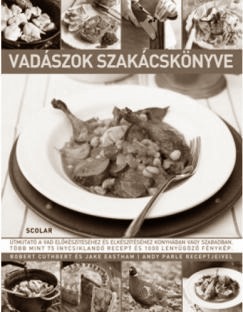Sustainable game management
The history of hunting runs parallel with the history of humankind and has been one of the most ancient activities of man. Initially, hunting was pursued for subsistence and, as a source of food supply, served the purpose of survival and the continuation of human life. With civilization getting more and more developed, man’s relation to nature changed, and so did the purpose of hunting.
Hunting has always been more than just a way to get meat, or, as others look at it, a hobby. It is rather a way of life with conventions and values of its own that allows the man of modern days to submerge into nature. Hunting is actually the harvesting of the fruits of a careful game management activity preceding it. Conservation-oriented game management (or prudent utilisation) means the controlling of the utilisation of natural game stocks in a way that ensures the highest sustainable yields to present day generations without exhausting the capacity to provide for the needs and demands of future generations.
Game management is thus an intervention into the dynamics (size, density) of game populations and their habitat (in terms of quality). The aim of this activity is wildlife preservation and the optimal utilisation and control of game stocks. The culmination of prudent game management is hunting by which we can utilise/manage the game stocks of our hunting grounds in a manner similar to natural selection.
By virtue of the game management activity, hunting has evolved into an independent industry within the agricultural sector – an active form of nature preservation.
Professionals pursuing this noble passion and hunters devoted to this particular way of life cannot only take home an unforgettable hunting experience or eventually a game trophy with them at the end of a successful hunt, they also have to deal with the meat of harvested game. In compliance with the relevant legal and veterinary provisions, a smaller part of the meat of harvested game animals is consumed directly and a much larger portion arrives to the final consumer through different marketing channels and at different stages of processing.






Comments ( 0 )